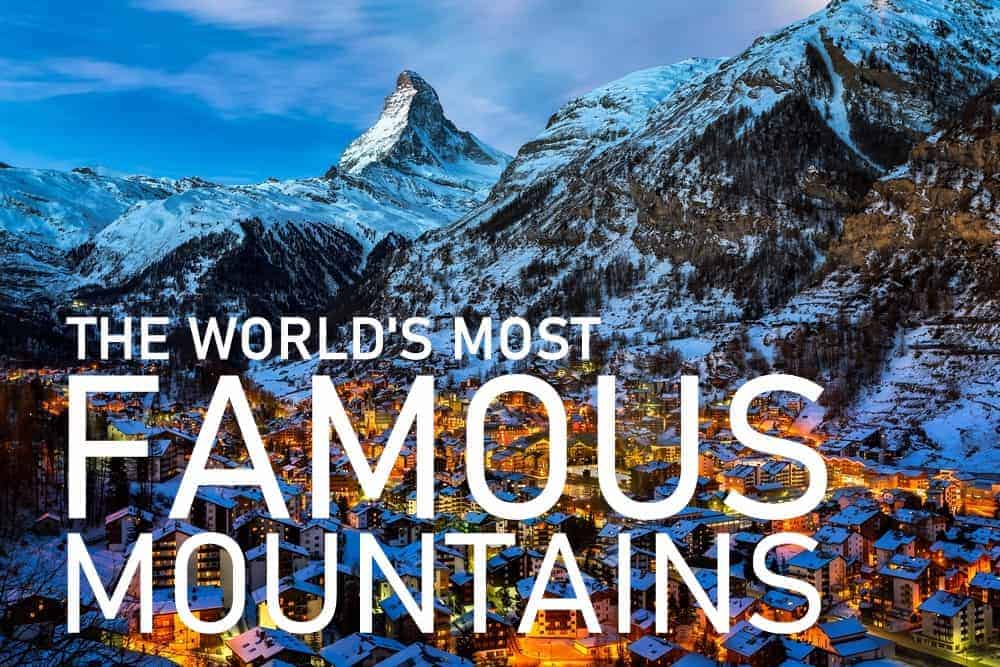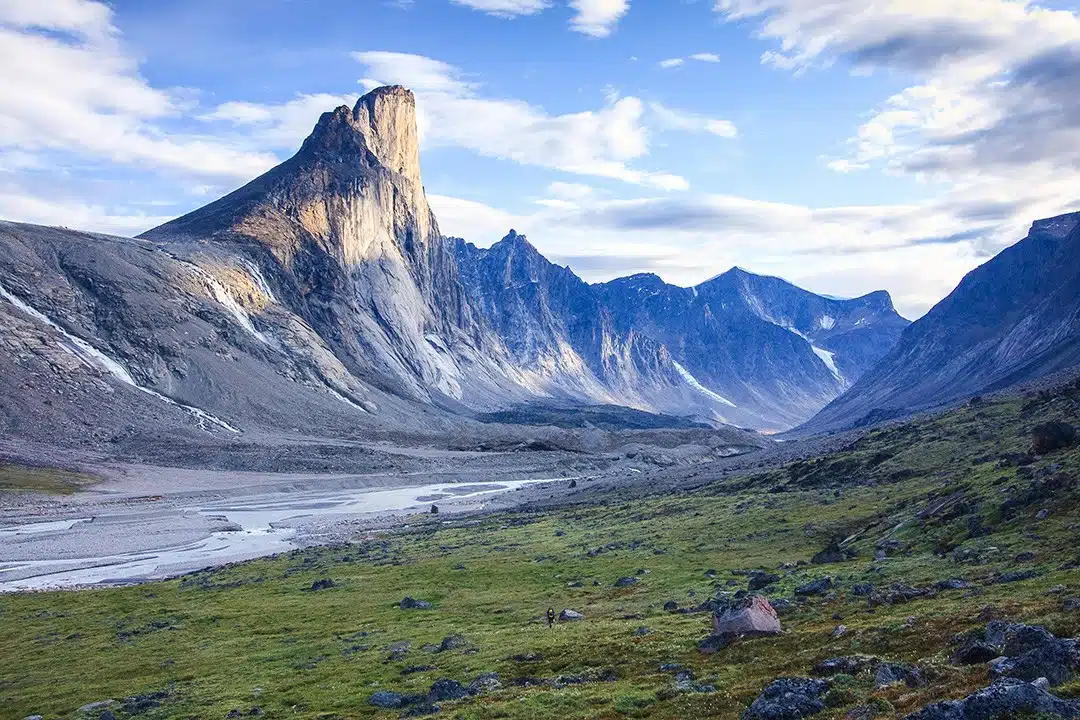Mountains have always fascinated humans with their towering heights, breathtaking landscapes, and challenging terrains. Some peaks are renowned for their sheer altitude, while others are famous for their historical significance or beauty. In this article, we will explore the highest and most famous mountains in the world, detailing their locations, elevations, and unique characteristics.

Highest Mountains in the World
The highest mountains on Earth are primarily located in Asia, within the Himalayas and Karakoram ranges. Here are the top 10 tallest mountains based on elevation above sea level:
|
Rank |
Mountain |
Height (m) |
Height (ft) |
Location |
|---|---|---|---|---|
|
1 |
Mount Everest |
8,848.86 |
29,031.7 |
Nepal/Tibet (China) |
|
2 |
K2 |
8,611 |
28,251 |
Pakistan/China |
|
3 |
Kangchenjunga |
8,586 |
28,169 |
Nepal/India |
|
4 |
Lhotse |
8,516 |
27,940 |
Nepal/Tibet (China) |
|
5 |
Makalu |
8,485 |
27,838 |
Nepal/Tibet (China) |
|
6 |
Cho Oyu |
8,188 |
26,864 |
Nepal/Tibet (China) |
|
7 |
Dhaulagiri |
8,167 |
26,795 |
Nepal |
|
8 |
Manaslu |
8,163 |
26,781 |
Nepal |
|
9 |
Nanga Parbat |
8,126 |
26,660 |
Pakistan |
|
10 |
Annapurna |
8,091 |
26,545 |
Nepal |
Famous Mountains Around the World
Mountains are some of the most breathtaking natural wonders on Earth, attracting adventurers, climbers, and nature enthusiasts from around the world. Among the most famous is Mount Everest, the tallest peak on the planet, located in the Himalayas. Another iconic mountain is Mount Fuji in Japan, known for its symmetrical beauty and cultural significance. The Matterhorn, straddling the border of Switzerland and Italy, is famous for its sharp, pyramid-like shape. In North America, Denali (formerly Mount McKinley) stands as the highest peak, while Mount Kilimanjaro in Africa is renowned for its snow-capped summit despite being near the equator. These mountains, along with many others, showcase the Earth's diverse landscapes and inspire awe in all who see them.
1. Mount Everest (Nepal/Tibet)
-
Highest mountain in the world.
-
First successfully summited by Sir Edmund Hillary and Tenzing Norgay in 1953.
-
Known for extreme weather conditions and high-altitude challenges.
2. K2 (Pakistan/China)
-
Second highest mountain in the world.
-
Known as the "Savage Mountain" due to its difficult climbing routes.
-
Has a high fatality rate compared to other peaks.
3. Matterhorn (Switzerland/Italy)
-
Famous for its pyramid-like shape.
-
One of the most photographed mountains in the world.
-
Popular among mountaineers and skiers.
4. Mount Kilimanjaro (Tanzania)
-
Tallest mountain in Africa.
-
A dormant volcano with three cones.
-
One of the most accessible high mountains for trekking.
5. Denali (Alaska, USA)
-
Tallest peak in North America.
-
Known for its extreme weather conditions.
-
Previously called Mount McKinley.
6. Mount Fuji (Japan)
-
Japan’s highest and most iconic peak.
-
A sacred site with religious significance.
-
Popular for hiking, especially during sunrise.
7. Mont Blanc (France/Italy)
-
Highest mountain in Western Europe.
-
A popular destination for skiing and mountaineering.
-
First summited in 1786.
8. Table Mountain (South Africa)
-
Famous for its flat top and stunning views.
-
A major tourist attraction in Cape Town.
-
Accessible by cable car or hiking trails.

Challenges of Climbing High Mountains
Climbing high mountains presents numerous challenges that test both physical endurance and mental resilience. One of the biggest difficulties is dealing with extreme weather conditions, including freezing temperatures, strong winds, and sudden storms. High altitudes also pose a significant risk, as climbers may suffer from altitude sickness due to reduced oxygen levels, leading to dizziness, nausea, and even life-threatening conditions like pulmonary or cerebral edema. The rugged and steep terrain adds to the difficulty, requiring technical skills, proper equipment, and careful planning to navigate safely. Additionally, the physical strain of carrying heavy gear, the risk of avalanches, and the psychological pressure of isolation and exhaustion make high-altitude climbing a demanding and dangerous adventure. Proper training, acclimatization, and teamwork are essential for a successful and safe ascent.Altitude Sickness: Reduced oxygen levels can cause headaches, dizziness, and even life-threatening conditions.
-
Extreme Weather: Sudden storms, strong winds, and freezing temperatures can be dangerous.
-
Avalanches and Landslides: Many mountains experience frequent avalanches, making climbing hazardous.
-
Technical Difficulty: Some peaks require advanced mountaineering skills, including the use of ropes, ice axes, and crampons.
Mountains are not just natural wonders but also symbols of human endurance and adventure. Whether you dream of climbing Mount Everest or simply admiring the beauty of Mount Fuji, these peaks continue to inspire people worldwide. From the highest summits to the most iconic landscapes, each mountain has a unique story to tell.





.gif)















Sign in
to continue to ilmkidunya.com